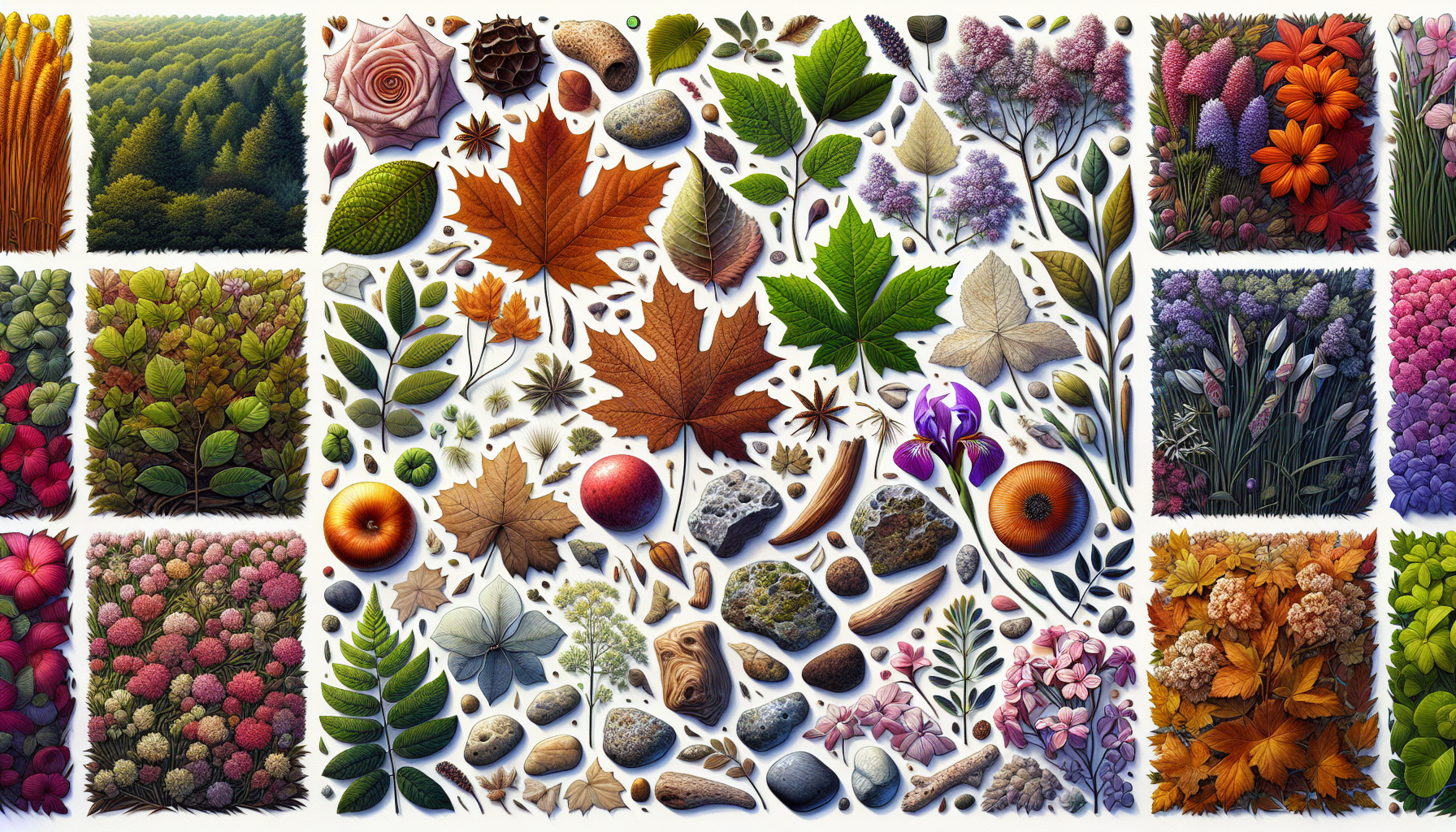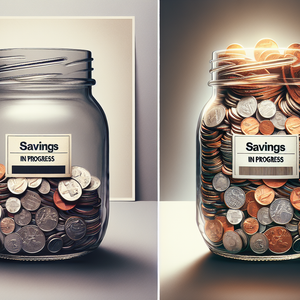Understanding Downpipes and Their Role in Modern Architecture

Downpipes are vertical conduits that channel rainwater collected from a building’s roof to the ground or an underground drainage system. Their primary function is to manage rainfall effectively, preventing water from cascading down walls, which can lead to severe damage. Properly designed downpipe systems are essential for safeguarding a building's foundation, as they prevent water pooling that can cause structural issues, mold growth, and long-term deterioration. Moreover, in an era where sustainability is paramount, downpipes facilitate rainwater harvesting. This harvested water can be utilized for various non-potable applications such as irrigation, flushing toilets, and cleaning, thereby reducing dependency on municipal water supplies. By integrating downpipes into sustainable building practices, architects can contribute to environmentally responsible designs.
Types of Downpipes
Downpipes are available in various types, each tailored to meet different architectural styles and functional requirements: 1. **Round Downpipes**: These are a common choice in both traditional and contemporary settings. Round downpipes feature a classic cylindrical shape and are typically made from materials like PVC, aluminum, or galvanized steel, making them easy to install and maintain. 2. **Square Downpipes**: Emphasizing a modern aesthetic, square downpipes are often favored in minimalist designs. They can be constructed from similar materials as round downpipes but offer a more angular appearance that complements contemporary architecture. 3. **Custom Downpipes**: Some architects choose bespoke downpipe designs that reflect the unique characteristics of a building. These custom pieces can be made from various materials, including copper and stainless steel, and can even feature decorative elements, transforming a functional necessity into a focal point of design.
Materials Used in Downpipe Construction
The choice of material for downpipes significantly influences their durability, maintenance, and overall contribution to the building's design: - **PVC**: Lightweight and resistant to corrosion, PVC downpipes are a popular choice for residential buildings. They are easy to install and maintain, making them a practical option for many homeowners. - **Metal**: Aluminum and copper are common metal choices known for their strength and longevity. Copper downpipes, while more expensive, develop a distinctive patina over time, adding character and elegance to a building. - **Cast Iron**: Traditionally associated with older buildings, cast iron downpipes are highly durable and can withstand various weather conditions. Their classic aesthetic complements heritage architecture and adds historical value.
Aesthetic Appeal and Architectural Integration
Beyond their functional roles, downpipes can significantly enhance a building's overall aesthetic. Architects are increasingly recognizing the importance of integrating downpipes into their designs rather than relegating them to the background. Innovative designs can transform downpipes into architectural elements that enrich the facade of a building. For instance, integrated downpipe systems can be concealed within walls or architectural features, presenting a seamless look that maintains the building’s clean lines. Conversely, exposed downpipes can be designed with artistic flair, featuring unique finishes or shapes that reflect the building’s character and style. This creative approach to downpipe design not only serves a practical purpose but also elevates the building's visual appeal.
Understanding the role of downpipes in modern architecture reveals their dual significance as both functional systems and aesthetic components. As architects and builders prioritize sustainability and design innovation, downpipes will continue to be a critical element in water management strategies and architectural beauty. By appreciating their importance, we can better recognize the delicate balance between form and function that defines contemporary architectural practices. As the industry evolves, the challenge will be to further innovate downpipe designs, ensuring they meet practical needs while also fulfilling aesthetic aspirations in our built environment. Recognizing the significance of downpipes also opens avenues for professionals aspiring to specialize in this field. For those interested in pursuing careers related to water management systems in architecture, networking platforms like LinkedIn can provide valuable connections to companies and job titles focused on this niche. Companies specializing in architectural design, construction, and environmental sustainability often seek professionals with expertise in downpipe systems and rainwater management, highlighting the importance of this overlooked yet vital component of modern architecture.
Rainwater Management Engineer
Environmental consulting firms, civil engineering companies, government agencies
Core Responsibilities
Design and implement rainwater management systems, including downpipes and drainage solutions, to optimize water runoff and minimize flooding risks.
Conduct site assessments and hydrological analyses to develop effective stormwater management strategies.
Collaborate with architects and builders to integrate rainwater systems seamlessly into building designs.
Required Skills
Proficiency in hydrological modeling software (e.g., HEC-HMS, SWMM).
Strong understanding of civil engineering principles and environmental regulations.
Experience in sustainable design practices and water conservation techniques.
Architectural Designer specializing in Sustainable Systems
Architectural firms with a focus on sustainability, urban design consultancies, construction companies
Core Responsibilities
Develop architectural designs that incorporate sustainable water management systems, including innovative downpipe solutions.
Work on interdisciplinary teams to ensure the integration of aesthetic and functional design elements in buildings.
Research and propose new materials and technologies that enhance water management efficiency.
Required Skills
Advanced knowledge of architectural design software (e.g., AutoCAD, Revit).
Familiarity with LEED certification requirements and sustainable design principles.
Strong creative problem-solving skills to balance functionality and aesthetics.
Construction Project Manager - Water Management Systems
Construction firms, engineering companies, municipal governments
Core Responsibilities
Oversee the planning, execution, and completion of construction projects involving water management systems, ensuring compliance with design specifications.
Coordinate with subcontractors, suppliers, and clients to schedule work and manage budgets effectively.
Conduct site inspections to monitor progress and adherence to safety regulations.
Required Skills
Proven experience in project management, particularly in construction or civil engineering sectors.
Strong understanding of water management systems, including downpipes and drainage infrastructure.
Excellent communication and leadership skills to manage diverse teams.
Environmental Consultant - Stormwater Management
Environmental consulting firms, non-profit organizations focused on conservation, governmental agencies
Core Responsibilities
Evaluate stormwater management practices and recommend improvements for compliance with environmental regulations.
Develop reports and presentations on stormwater impact assessments and management strategies.
Work with clients to implement best practices in rainwater harvesting and drainage systems.
Required Skills
In-depth knowledge of environmental laws and stormwater regulations.
Ability to analyze data and present findings clearly to stakeholders.
Experience with environmental impact assessments and sustainability reporting.
Product Designer - Architectural Drainage Solutions
Manufacturing companies specializing in building materials, design consultancies, architectural product firms
Core Responsibilities
Design innovative drainage products, including downpipes, that meet both functional and aesthetic demands of modern architecture.
Collaborate with engineers and architects to create prototypes and conduct testing for performance and durability.
Stay updated with industry trends and incorporate new materials and technology into product designs.
Required Skills
Expertise in product design software (e.g., SolidWorks, Rhino).
Strong understanding of materials science, particularly in relation to water management products.
Creative flair with a focus on both functionality and design appeal.


